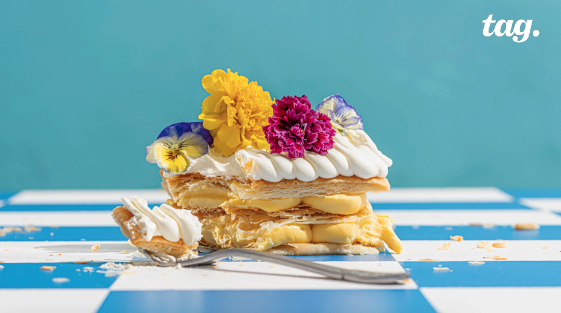
In the digital age, food photography isn’t just about aesthetics, it’s about strategic storytelling. A single image can trigger mouthwatering desires, fuel social media engagement, and ultimately drive sales. But with endless scroll-worthy content bombarding consumers daily, brands need to go beyond simply showcasing their dishes. They need to create food photography that resonates, connects, and converts.
Understanding Your Audience
Before diving into camera settings, consider your target audience. What platforms do they frequent? What kind of visuals resonate with them? Is it the rustic charm of Instagram stories or the polished perfection of high-end marketing campaigns? Tailoring your food photography to their preferences is key to grabbing their attention.
Props with Purpose
While props can add visual interest, remember they’re not center stage. Choose elements that complement your brand identity and enhance the story you’re telling. Use colors, textures, and materials that align with your brand guidelines, creating a cohesive visual language that strengthens brand recognition.
Packaging: Show or Hide?
Product packaging can be a double-edged sword. If it aligns perfectly with your brand aesthetic and message, showcase it proudly. But if it clashes or distracts, consider highlighting the food itself: a close-up of a steaming burger or a slice of cake dripping with decadent chocolate can be far more enticing.
Beyond F-Stops: Depth of Field Demystified
Depth of field refers to the area in focus. A shallow depth of field (low f-stop number) blurs the background, drawing attention to the main subject (your delicious food!) Conversely, a deep depth of field (high f-stop number) keeps both the food and its surroundings sharp.
Think of it like this: a shallow depth of field creates an intimate, almost cinematic feel, ideal for highlighting specific dishes on social media. A deep depth of field works well for showcasing a wider table spread or emphasizing the ambiance of your restaurant.
The Power of Editing
Even professionally shot photos benefit from editing. It’s not about creating unrealistic perfection, but about enhancing the natural beauty of your food. Adjust lighting, colors, and sharpness to make it pop without compromising authenticity. For in-store materials and billboards, professional editing ensures high-resolution, polished visuals. But for user-generated content (UGC), a lighter touch might be more effective. Consider allowing some imperfections for a more user-generated feel.
Your One-Stop-Shop Food Photography Solution
Let’s face it, creating captivating food photography requires expertise and resources. Tag recognizes this, offering end-to-end solutions that take the burden off your shoulders. We understand the nuances of brand storytelling, translate your vision into stunning visuals, and leverage our editing expertise to maximize impact across all platforms.
Remember, food photography is an investment, not an expense. When done right, it can be a powerful tool to connect with your audience, build brand loyalty, and drive sales. So, whether you choose to handle it in-house or partner with experts like Tag, make sure your food photography tells a story that leaves customers craving more.
This blog post is just a starting point. Contact Tag today for a consultation and discover how we can help you capture food photography that fuels your brand success.
The Hot Plate, Tag’s experts in all things F&B, is at the forefront of the industry’s experiential culinary wave, offering a trend-sampling and deep dive into the vibrant tapestry of flavour and food experiences destined to define 2024.
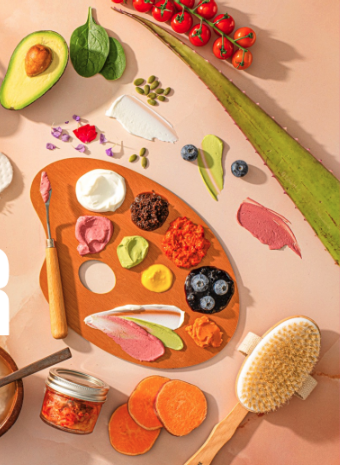
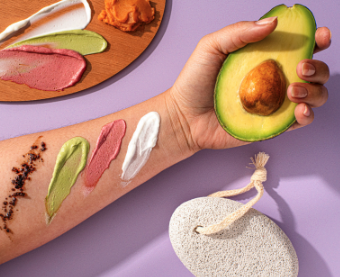
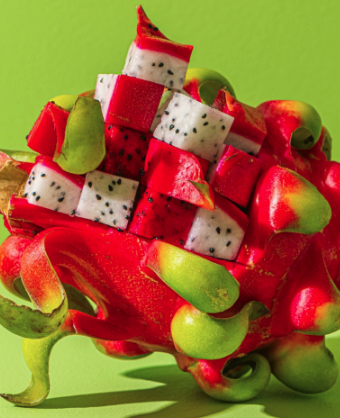
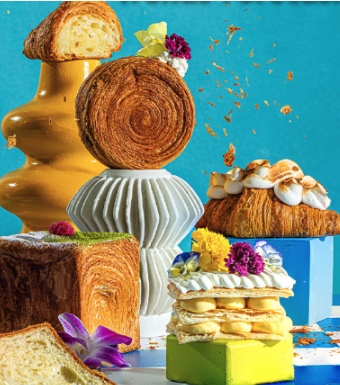
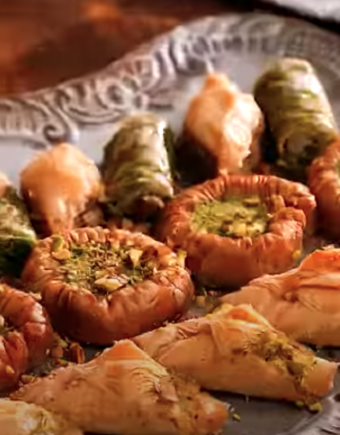
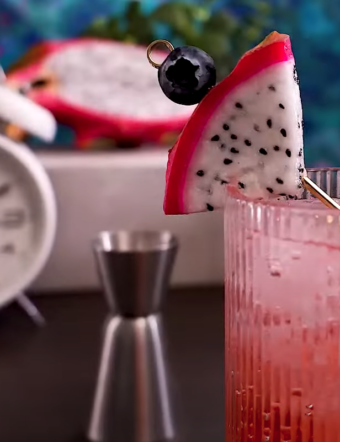
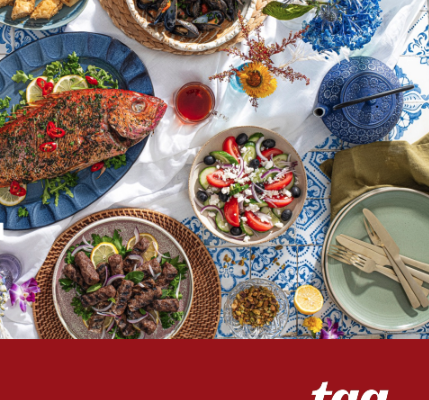
Food Photography Tips & Tricks for Brands: Capturing Cravings and Conversions
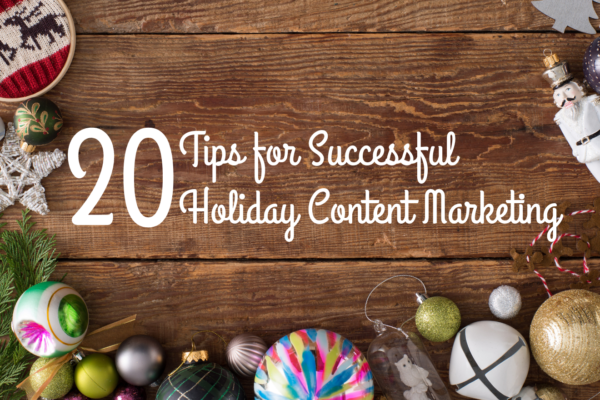
20 Tips for Successful Holiday Content Marketing



Comments are closed.